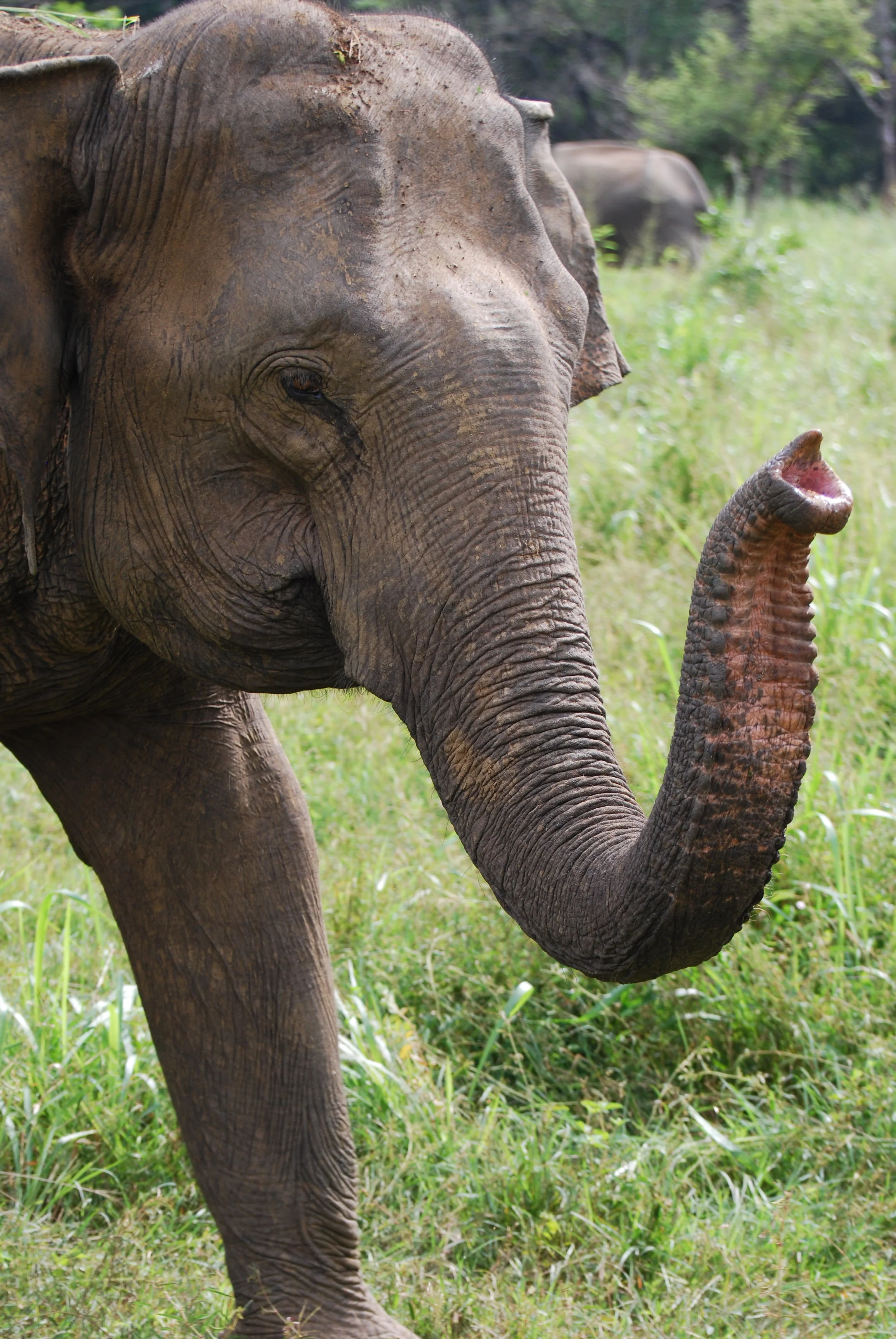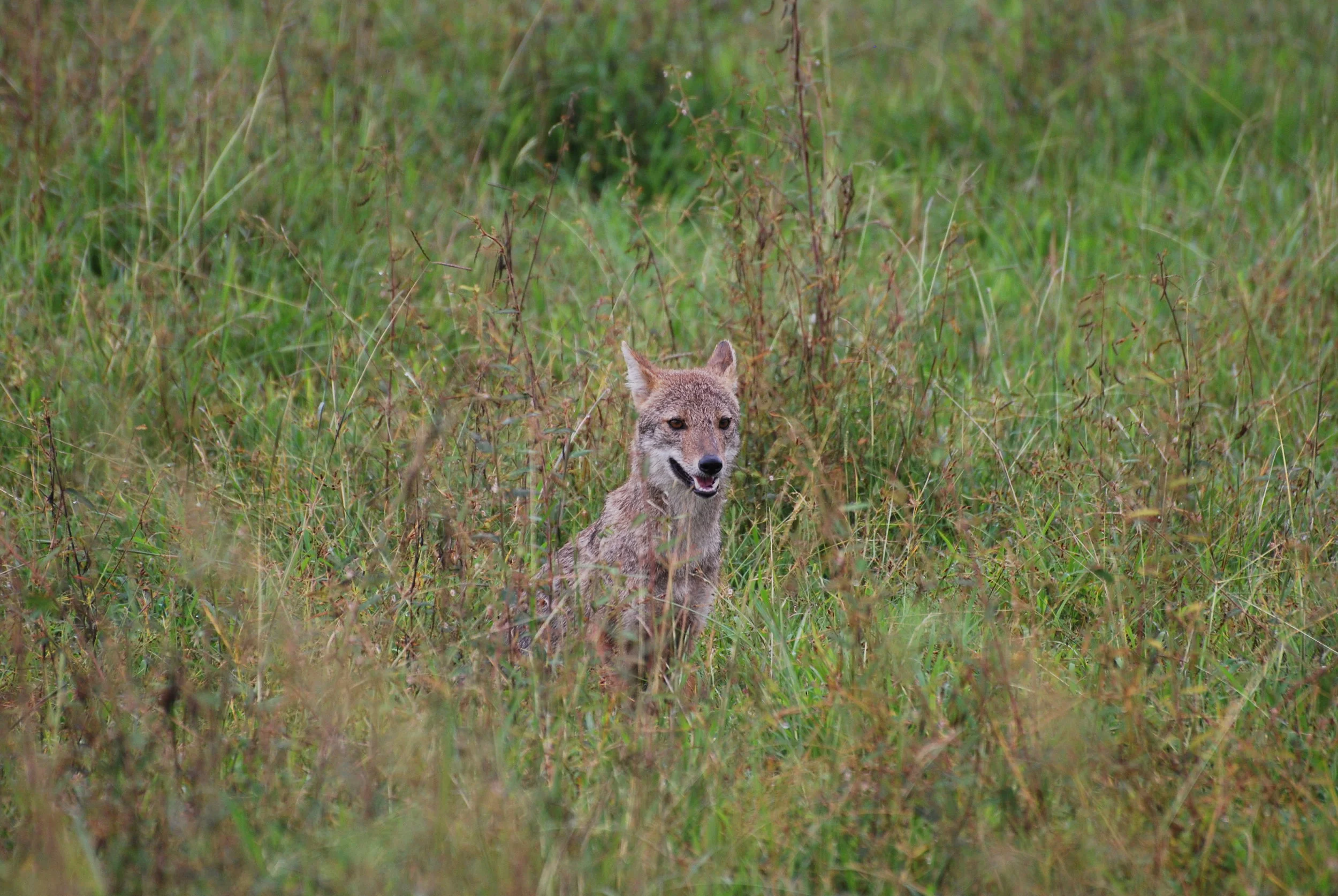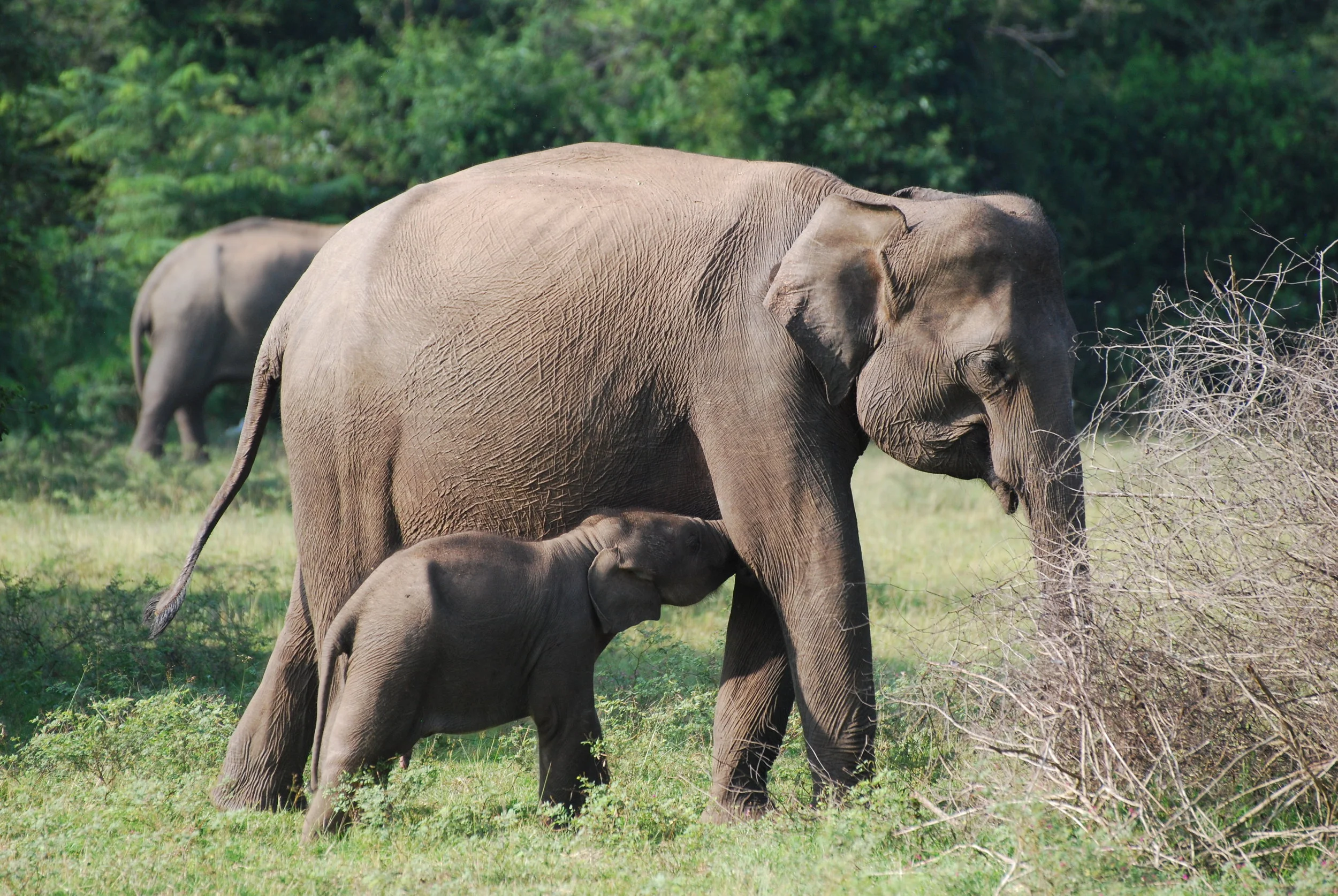One of the last things Elizabeth said to me as she and Wendy departed a few weeks ago was: “You won’t be the same after this experience.” Of course, her words seemed obvious at the time she said them; we’re all constantly changing in response to people we meet, places we visit, and lessons we learn. And ever since I received the news last April that I would be spending nine whole months of my life in Sri Lanka, I’ve been mentally preparing myself for major changes in my lifestyle. Though there were moments during my preparations that were more challenging than others, I wasn’t particularly worried about my ability to challenge myself. After all, one of my Fulbright application essays was centered around my ability to adapt to less-than-ideal situations (this was a necessary asset for any Fulbrighter in Sri Lanka, according to the original posting on Fulbright’s website). I’m a planner by nature, taking comfort in setting myself up for success by mapping out all possible contingencies. As long as I have a certain degree of control, I’ve found that I can press through just about anything I’ve committed to.
Still, close family and friends wouldn’t describe me as someone drawn to the sort of change that Elizabeth alluded to. My distaste for change has produced some funny anecdotes that my family will eagerly share with anyone who is unfamiliar. There’s my commitment to always getting my hair cut by the same person (see one of my last blog posts), and my insistence from a very young age to sticking with planned family dinner outings at the agreed-upon times (nothing annoyed me more than a surprise announcement that we were getting Italian food after I had spent hours preparing myself to eat Mexican food). And of course, there’s the fact that since the age of three, I’ve remained committed to thinking about and being around elephants as much as possible. Unsurprisingly, these childhood habits haven’t disappeared. In each city where I end up living for school, I slowly and methodically condition local restaurant workers to recognize my usual order and takeout schedules to discourage as many forced, awkward interactions as possible. During the first semester of my PhD, I ran a failed experiment of trying to plan out my weekly schedule down to 15-minute increments, posting the schedule above my desk, lest I forget. (That practice, by the way, ended up driving me crazy after two months, and I quickly abandoned it, even though it shortened the time that local restaurants became acquainted with my eating habits.) A trained therapist may disagree, but I don’t see these efforts as neurotic. I just feel comfortable being able to predict what’s going on around me.
And so in the days after Elizabeth and Wendy returned to the US and I got back to my “routine” that I’ve established in Sri Lanka, I’ve been reflecting a lot upon the ways in which I’ll be changed when I leave this little island in August. I’ve settled on the fact that these changes are inherently unpredictable, and they’ll occur so gradually that I probably won’t even notice them. Already, I’ve largely forgotten the isolation I used to feel a few months ago when I didn’t have a cellular signal or when I couldn’t understand the conversations in Sinhala that occur continuously around me. Work that’s worthwhile almost always requires change, and so I’m embracing the rest of the relatively short time I’m here in Sri Lanka.
Female elephant smells our car as she walks by. Wasgamuwa National Park, 20 January 2019.
One of a pair of golden jackals we followed through Wasgamuwa for a short bit one day. 26 January 2019.
While I’m in elephant land, I’ve already begun to cherish the few predictable moments that happen almost every day. At 5:00am every morning (and again at 7:00am, 12:00pm, and 6:30pm), the Buddhist monk at the temple across the street from our bungalow gets on a loud speaker to lead hour-long chants, even though I’m almost certain no local people join in. Okay, so maybe cherish is a strong word. But still, I enjoy sitting on the porch during afternoon rainstorms, and I like falling asleep underneath my mosquito net that makes my otherwise unremarkable mattress feel like a grand four-poster bed. And nothing makes he happier than seeing elephants every time we drive into the park that’s only two minutes away, a privilege I’ll surely miss almost as soon as I get on the plane back to the US.
I keep a watchful eye on two bull elephants in the distance as I collect a fecal sample left behind by one of them. Note: This work was conducted with the permission of Sri Lanka’s Department of Wildlife Conservation, and under the supervision of wildlife rangers at Wasgamuwa National Park. Photo: Sachintha Samaraweera.
A male calf nurses from his mother. Wasgamuwa National Park, 23 January 2019.
The other “routine” I’m getting use to is the barrage of challenges that fieldwork brings. I lovingly refer to these as “fieldwork fails.” With my project, the biggest challenge is managing the vehicles, drivers, and trackers that we need to observe elephants. During the first 13 days in the field, we got our vehicle stuck in the mud four or five times, and we completely broke a vehicle once (don’t worry, it’s fixed now…but if you want to read about the story, check it out here). During this last trip, consisting of 17 days of fieldwork, I thought we had broken the curse of vehicle problems, because we hadn’t even gotten stuck in the mud once. On the second-to-last day of fieldwork, while we were driving through the park, I even turned to Sachintha (my field assistant) and commented how lucky we had been. Big mistake. During the last hour of our last day in the park, we were driving along a dirt path through a field when our vehicle lurched forward. The four of us (the driver, tracker, Sachintha, and me) got out to assess the situation. We were stuck in the mud. No problem, we thought, we’ve dealt with this before. Then it started to pour. We hadn’t seen this sort of rain before. While we were out searching for sticks to prop under the rear tires, the four of us were drenched, and even worse, the downpour forced our vehicle even deeper in the mud. Our driver tried wedging a combination of logs and jacks under the rear of the vehicle, to no avail. After almost an hour of trying all our old tricks, we resigned to calling another vehicle for help. The only problem: it was a holiday weekend, and every local vehicle had been booked for tourist safaris. It took about another fifteen minutes, but we were lucky to flag down a pair of jeeps passing by. A familiar situation unfolded: chains came out and we were pulled from the mud, ironically by the same vehicle who towed us out the last time (and the same vehicle we got stuck in the mud the time before). Of course I felt stupid because our tow vehicle was filled with a bunch of Sri Lankan tourists. But I guess what would a last day in the park be without a good story?
Our stuck vehicle. The rain has just started. Our tracker (Nawa) is worried about his hair getting wet. The solution? Plastic bag on the head.
After the rain subsists, we tried stuffing sticks and even logs under the rear tires. No dice.
Waiting for our rescue vehicle to come. Not sure if Sachintha thinks he’s using some sort of force field to will the car out of the mud hole.
Our vehicle in the front is now chained to the tow vehicle, full of Sri Lankan tourists who think I’m the biggest idiot they’ve ever seen.
I’m back at Rajarata University this week, having just completed our 30th day in the field observing elephants. This last trip was a marathon 17-day, no-days-off effort. I’ve got a few things to take care of that require being back in “civilization,” or else we would’ve probably been there a bit longer. I’m lucky that Sachintha, drivers, and trackers steadfastly agree to being in the field that often for that long; it’s certainly a change from the three-hour safaris and one-night stays that most tourists spend in Wasgamuwa. But we’ve got less than two months in Wasgamuwa before we move onto other parks to observe elephants, and I want to make the most of our time. We’ve now sighted 1,184 elephants in 183 separate events over 30 days (most of these are repeated sightings, probably), and we’ve successfully identified 48 adult male elephants in the park; we’ve seen about half of these males at least twice. We’ve collected almost 20 fecal samples, and I’m proud that I’ve instilled the poop-collecting excitement in our drivers too, even though they probably have no idea why they’re cheering every time an elephant poops and walks away.
And our time at the bungalow just outside the park’s boundary is becoming routine. Sachintha and I hardly exchange words in the hour after we return from the field. We both know each other’s roles, and we’re familiar with how our own activities depend on the other person’s. And like two folks at a retirement home, we spend our off-time reading (why didn’t anyone tell me that Harry Potter was so good?), huddling in front of the television watching murder mysteries together, and engaging in an ongoing tournament of gin rummy (right now, I’m ahead ten games to Sachintha’s five). Early on during our last trip, the bungalow manager and our regular driver, Nimal, invited us to his house about fifteen minutes away. When we’re staying at the bungalow, Nimal’s family is almost always there with us too. Monica, his wife, cooks all of our meals, and his son, Nirosh, is often our driver. Nimal’s other two children are still young and in school, but they are often sitting near the kitchen trying to complete their homework as the nearby monk blares his chants over the loudspeaker nearby. Like many others near Wasgamuwa, Nimal built his own house that he and his family lives in. He was proud to show me around, and for good reason. His property is surrounded by trees on one side and an open field on the other. He says it’s great for wildlife watching, and elephants often graze nearby, leaving the safety of the park (the grass is always greener, right?). I rode a bicycle around his village, waving at wide-eyed people who had never seen someone like me around their homes. Nimal and Sachintha told me I was the first American to ever visit the village, and while I doubt that to be true, it’s nice to think that there are always new places to explore. A few neighbor children came by as we were sitting on Nimal’s porch, sheepishly holding their cell phones by their side as they clung shyly to door frames. “They want a selfie with you,” Sachintha told me. And so I agreed to take photos, experiencing my fifteen minutes of Sri Lankan fame.
I pose for a selfie with a girl from Nimal’s village. Nimal is also posing for the photo…he never passes up an opportunity for that. Note: Sachintha took this photo with the intent of posting it on social media to embarrass me. I figure that if I do it first, I take away his power to do that. Photo: Sachintha Samaraweera.
Over our 17 days this past trip, we’ve observed elephants we haven’t spotted since December, and of course we’ve seen new elephants too. But our sightings have decreased in frequency compared to when we started. During our visit to Nimal’s village, we were told that elephants from the park would soon be crossing the fence to start raiding the paddy fields. And based also on the increased amount firecrackers we’ve been hearing at night, the lack of elephants in the park indicates that this has happened. Nimal says this is temporary, and that this movement happens about the same time every year in the rainy season, and it will only last two weeks. I’m hopeful that our trip back to Wasgamuwa next week will be more fruitful in terms of elephant sightings. With the end of the rainy season looming, the elephants will begin to move out of the forests to find more food, making them easier for us to see. We’re also excited at the prospects of seeing other species, including leopards (I’m convinced I caught a fleeting glimpse of one running through the forest during an early morning drive last week) and sloth bears.
Sachinthat recording a musth male elephant (Bull 056) that approached our vehicle during our observation. Wasgamuwa National Park, 27 Jan 2019.
Today (February 4) is National Day in Sri Lanka, the equivalent to Independence Day in the US. It’s pouring outside as I write this update, and I’ll spend the rest of the day answering emails and attending to matters I’ve had the excuse to ignore while in elephant land without WiFi. Tomorrow at the university I’ll begin processing the fecal samples we collected before heading to Colombo on Wednesday. I’ll be going to India in a few weeks to attend the Fulbright South and Central Asia Conference, so I need to get my visa from the India High Commission and get presentable clothes to wear (even though they’re perfectly acceptable at the conferences I usually attend, jeans and a plaid shirt won’t fly at this event). The conference is an opportunity from Fulbright researchers from India, Kazakhstan, Kyrgyzstan, Nepal, Sri Lanka, Tajikistan, and Uzbekistan to share their work with each other. Plus, I get to add another new country to my list of places I’ve travelled (although I hope to visit India again in a few months to see more elephants and rhinos in the north). On Monday, the Executive Director of the US-SLFC will be visiting Rajarata to check in, and then I’m headed back to Wasgamuwa on Tuesday for a shorter trip this time just before leaving for India.




































